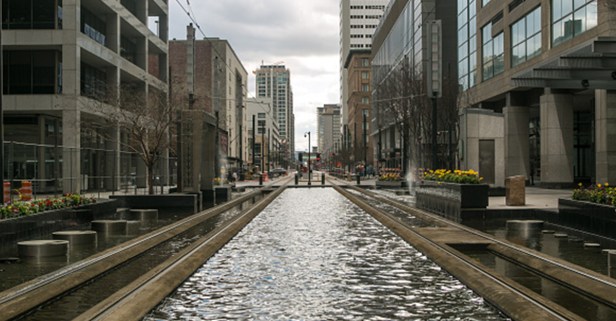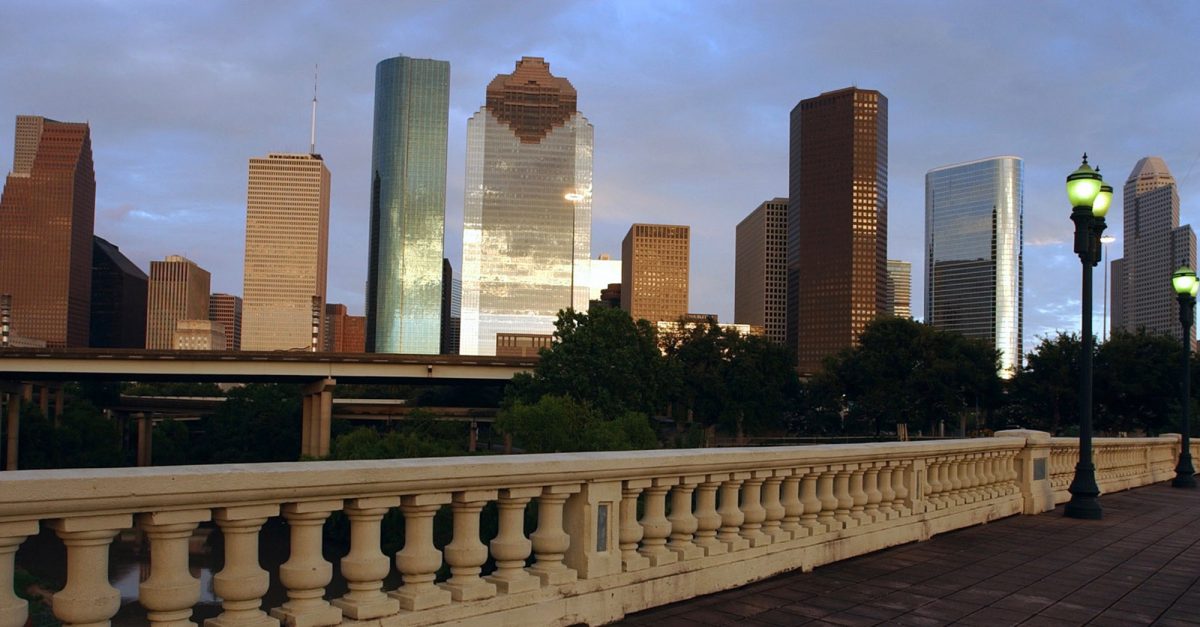The term “walkability” is one used more and more often when people are trying to decide where they live. How close is that apartment you’re eyeing to restaurants, or your job, or the park?
Videos by Rare
But is that really possible in Houston, a city so notorious for a lack of public transit use its been called Car City? Rice University’s Kinder Institute for Urban Research think so.
RELATED: These Two Houston Intersections are Among the Most Dangerous in Texas.
Houston’s official borders reach out 667 square miles, according to the Kinder Institute, making it the largest land area of any of the U.S.’s ten most populous cities. Yet much of that is suburban sprawl.
Two areas in the city’s building code seem to account for this: chapter 42, which dictates setback requirements based on the type of street and how the business will be used, and chapter 26, which outlines parking requirements based on use. Some argue that these combined have, since the 80’s, led to businesses with larger setbacks and more parking, something not inclined toward walkability.
Kinder does outline a few areas of the building code that could support walkability, like incentives for building bike paths, mixed use parking and re-use of historic buildings instead of tearing them down. The issue is that right now, all of those things are voluntary, and haven’t proven incredibly affective at making Houston a more walkable city.

That’s where the Walkable Places Committee comes in.
The Committee is working on a system in which neighborhoods can apply to become a “walkable place.” Any neighborhood can apply, and if that application is granted they’d be able to develop under their own set of rules specifically designed to make the area more easily accessible by foot and public transit. Once adopted, builders in the area would have to abide by those rules, they would not be voluntary incentives.
Parking and how these new, more walkable neighborhoods would be connected to each other would also have to be dealt with, and the committee is set to look into it.
One thing that would improve the walkability of Houston neighborhoods, especially those in the city itself, is better sidewalks. Any Houstonian who’s been down Commerce in east downtown knows firsthand what a chewed up mess Houston’s streets can be, and how much they’d be improved by actual flat, paved areas for people to walk on.
Maybe one day, Houston will become a promised land of pristine sidewalks and bike paths. For now, at least we’re working on it.
RELATED: Houston Loves its Parks, and Downtown’s ‘Acre’ May be the Greenest Space Yet.



